
Rhagadinia rimosa
Roemer, 1864
Rhagadinia rimosa occurs in ear-, funnel-, or dish-like habits, with or without a stem. Macroscopically, the anastomosing and criss-crossing furrows on the upper surface and the somewhat more parallel furrows on the underside are very characteristic, although not entirely unique to Rhagadinia. The pores are invisible in un-etched samples.
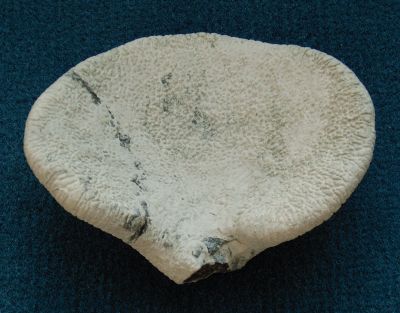
The next two pictures are of the same specimen. Note the much finer anastomosing furrows on the upper side, compared to the first example.
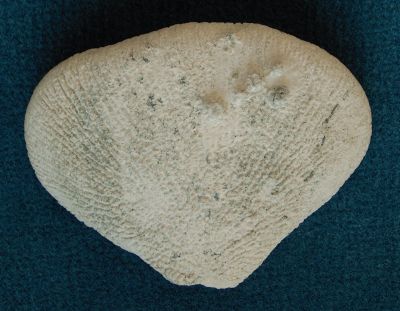
The furrowing on the outer side tends to be more parallel.
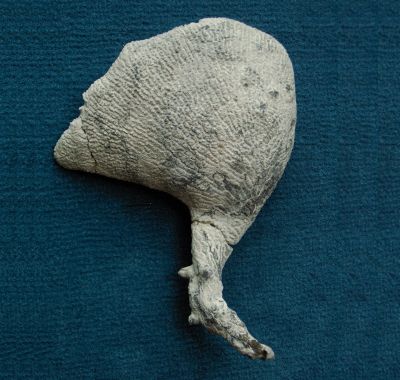
This virtually complete, ear-shaped specimen has a fairly long stem which also shows the characteristic furrows, right down to the roots.
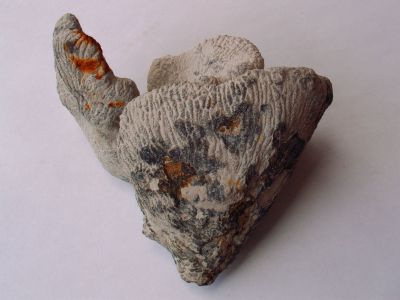
Rhagadinia rimosa occurs as solitary sponge individuals, but also forms groups where individuals are inserted into one another, as shown in the picture.

Rhagadinia rimosa var. elongata
Schrammen 1924
This variety of Rhagadinia rimosa was defined by Schrammen (1924). It is comparatively small and consists of flat rods with rounded tops. - Perhaps juvenile forms of Rhagadinia ?
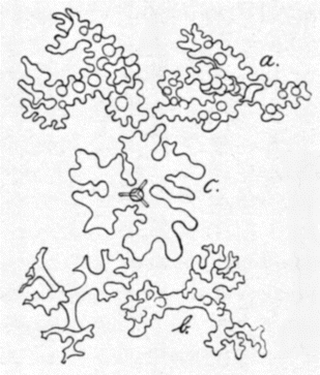
The image shows typical tetracladine megascleres of Rhagadinia rimosa (From Schrammen, 1910):
(a) lumpy desmas
(b) smooth tetraclones
(c) dermal phyllotriaene
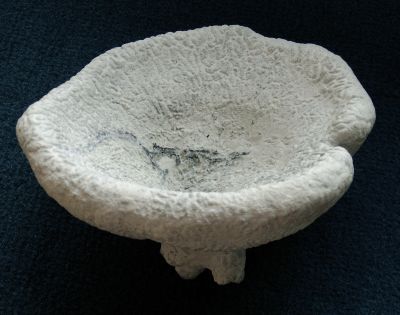
Rhagadinia doederleini
Schrammen, 1912
This specimen of Rhagadinia doederleini has the shape of a funnel or deep dish and is comparatively thick-walled (15 mm), with several roots. On its upper side, the pattern of anastomosing furrows is coarser than in typical specimens of Rhagadinia rimosa. Also, in R.rimosa the wall thickness is generally less than 10 mm.
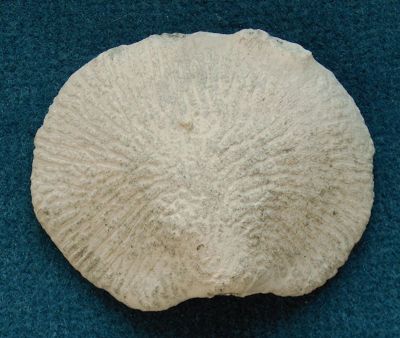
The two next pictures are of a specimen of Rhagadina doederleini. It is fairly thick-walled and the furows are very coarse.
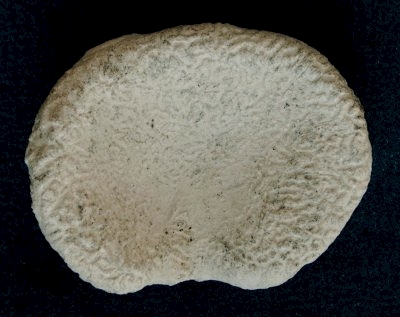
Upper side, same specimen.